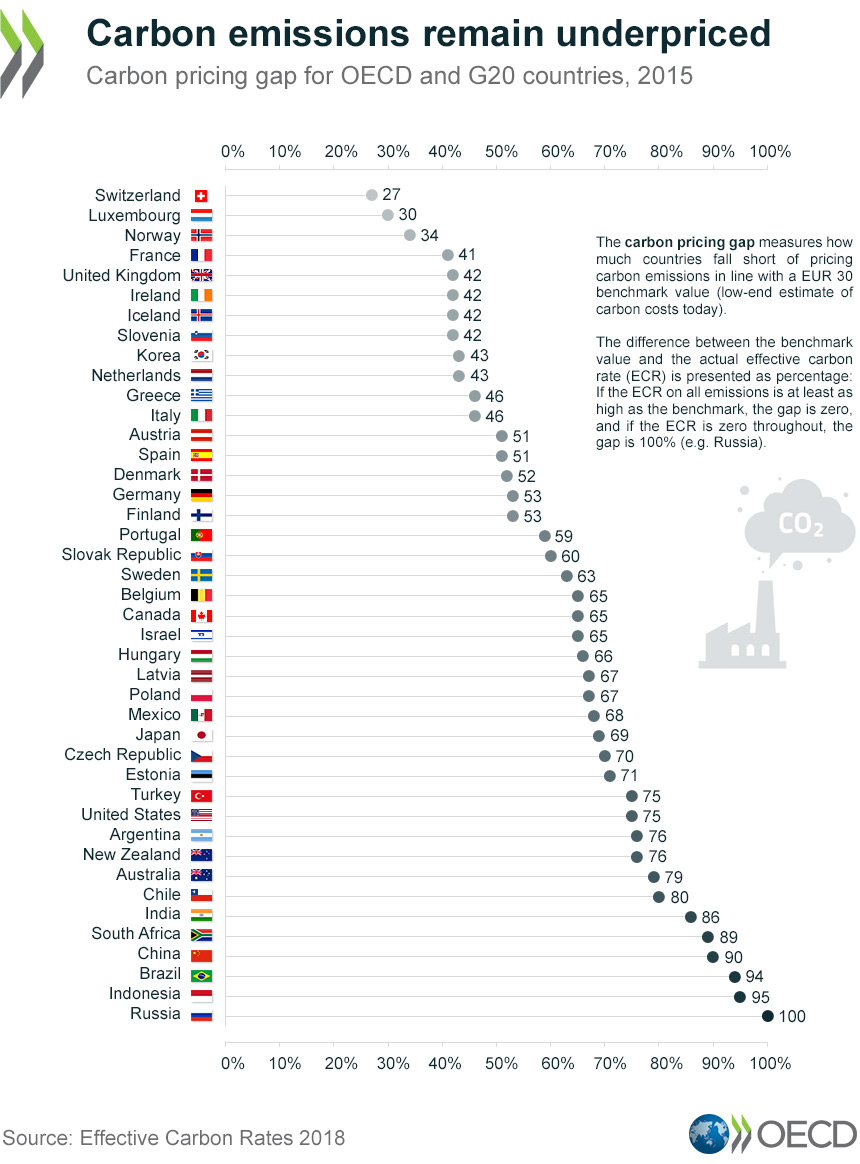

Scrapping free allowances for heavy industry by 2030 would force producers to innovate more quickly and would not make European industry less competitive.
European carbon credits full#

Carbon emissions from road transport and building heating, so far excluded from the ETS, are priced unevenly across the EU, with energy and carbon taxes varying across countries.

However, to maintain the competitiveness of European industry, many emissions permits are handed out for free, which has so far dimmed the incentives for industries to cut CO 2. The EU’s existing ETS establishes a carbon price for heavy industry, electricity generation and intra-EU flights.
European carbon credits how to#
This policy brief discusses how to make a higher and more comprehensive EU carbon price both effective and politically feasible. The economic recovery from the pandemic has led to an energy crunch, and war in Ukraine has contributed to increasing energy prices and complicated the politics of carbon pricing. Before Putin’s invasion of Ukraine, the EU had planned to expand its emissions trading system (EU ETS) and strengthen the carbon price it generates.


 0 kommentar(er)
0 kommentar(er)
